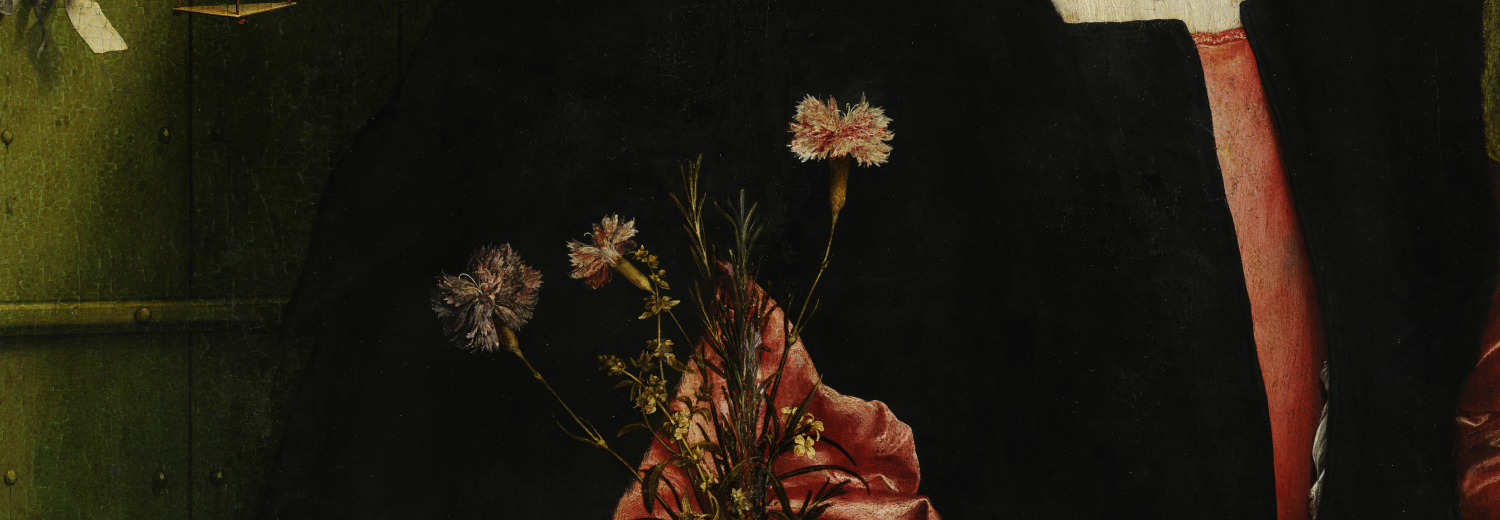Hilde De Weerdt:
Justyna Wubs-Mrozewicz‘Recording and Anthologizing Personal, Communal, and Interstate Conflict in Late Imperial Chinese History.
For the final blog of our early modern history in conflict series, we turn to the presentation of self-described ‘interloper’ Hilde De Weerdt, bringing a medieval Chinese perspective to our early modern European proceedings. De Weerdt’s presentation explored three cases of conflict, each at different scale: the personal, the communal, and the inter-state.
In her first case, the personal conflict, she notices a curious lack of historical argument. An observation that parallels what Daniel Smail observed in Marseilles at the medieval History in Conflicts webinar. In one case, after the death of a married couple, a disagreement emerged about the inheritance between their daughters and a nephew. De Weerdt noted that the personal history of the deaths – violently at the hands of ‘barbarian’ raiders – saw surprisingly little discussion in the case. Instead, both parties placed a greater emphasis on family relations and obligations, and, especially, the legal assessment of the government official overseeing the case.
Communal level conflict, however, seems to provide a more fertile ground for historical argumentation. In 1220s Suzhou, three stone stelae were erected on the grounds of a school documenting a dispute between local landholders and the school over control of some nearby land. The stelae record the decision of an appellate court in favor of the school, but also narrate the story of the conflict. The public narration of selective documentary history here was used to underscore the finality of the court decision in favor of the students and education officers. The stelae also offered a public education on how to make legal arguments with history.
From here, De Weerdt turned to interstate conflict, uncovering yet more historical arguments. The twelfth-century notebooks of Wang Mingqing are filled with documents covering the conflict between the Song and Jin Empires. At a time when the Song court were was seeking peace documents such as calls to war, student petitions protesting the conditions for peace, or narratives of local resistance and martyrdom were keeping the memory of territorial loss alive. The notebooks supplemented the inter-state history of peace making with supplemental histories documenting conflict. The notebooks’ power to complicate large-scale historical narratives with local detail proved powerful. Even in eighteenth-century editions of his notebooks, the language in which Wang Mingqing described the local resistance to reconciliation between the warring empires was still regarded as provocative, and editors changed language they feared might provoke ethnic conflict.
De Weerdt’s overview of conflict at multiple levels shows how the scale of a conflict can affect the place of history within it, and highlights the ways in which historical narrative can be used both to settle conflicts and to keep them alive.
Hilde De Weerdt is Professor of Chinese, currently at Leiden University and moving to KU Leuven: contact and research.
Twitter: @hild_de
She recently edited a volume on political communication in imperial Chinese and medieval European history and a translation of Zhenguan zhengyao 貞觀政要/The Essentials of Governance of the Zhenguan Reign.

Comments
Add Comment